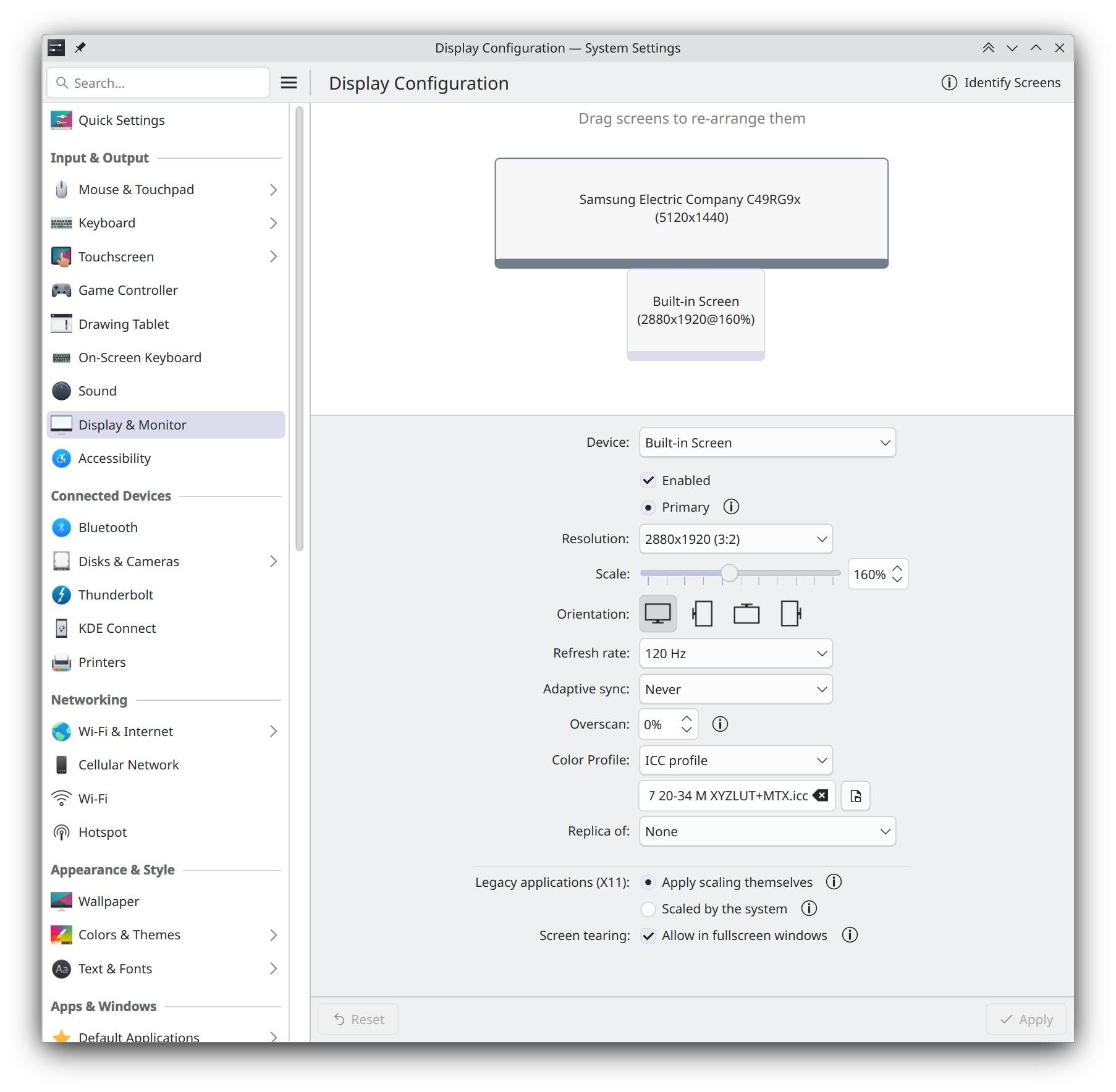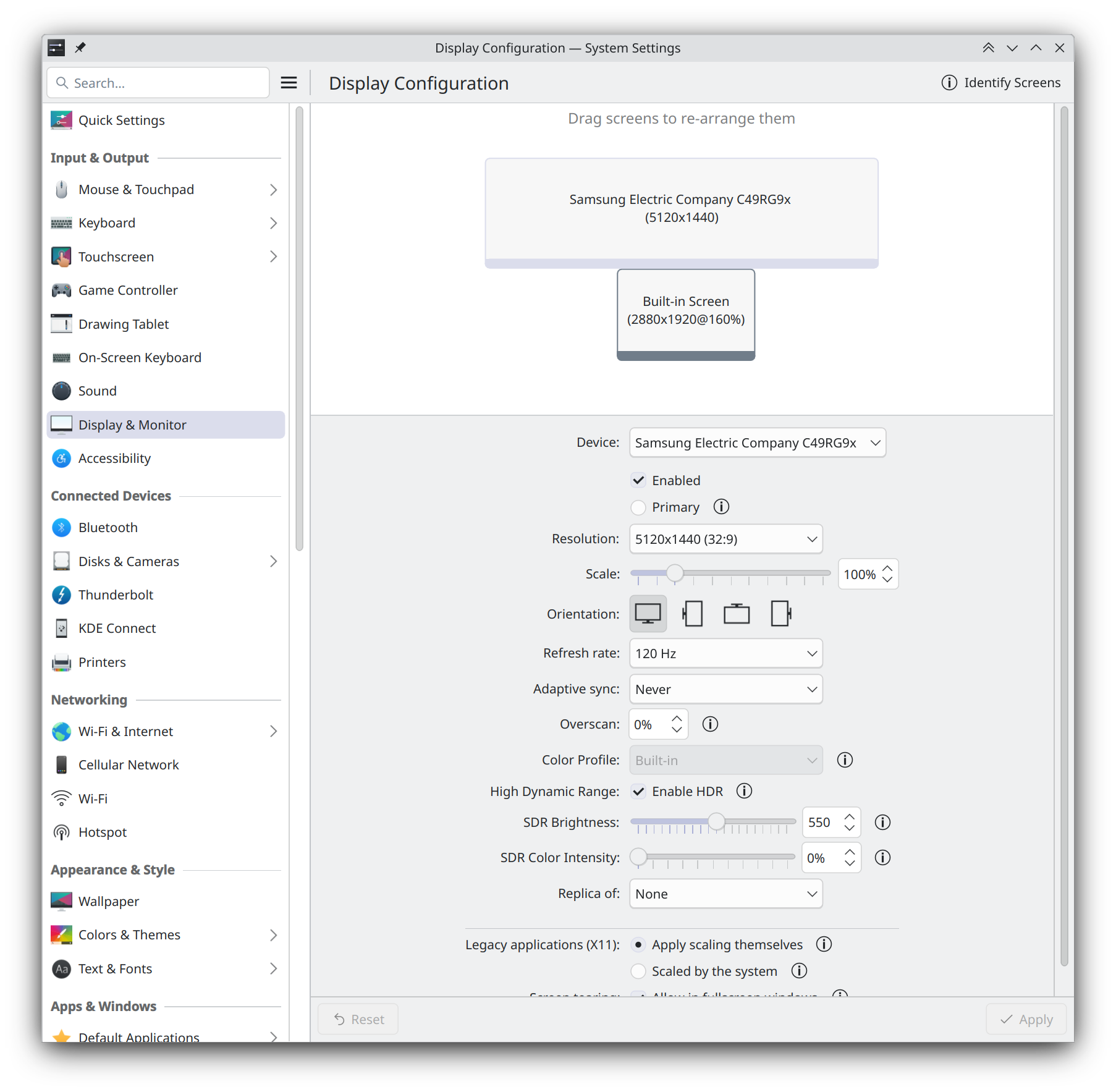- cross-posted to:
- linux@lemmy.world
- cross-posted to:
- linux@lemmy.world
Plasma 6 has come into its own over the last two releases. The wrinkles that always come with a major migration have been ironed out, and it’s time to start delivering on the promises of the new Qt 6 and Wayland technology platforms that Plasma is built on top of.
Plasma 6.2 includes a smorgasbord of new features for users of drawing tablets. It implements more complete support for the Wayland color management protocol, and enables it by default. There is also improved brightness handling for HDR and ICC profiles, as well as HDR performance. A new tone mapping feature built into Plasma’s KWin compositor will help improve the look of images with a brightness or set of colors greater than what the screen can display, thus reducing the “blown out” look such images can otherwise exhibit.
When it comes to power management You can now override misbehaving applications that block the system from going to sleep or locking the screen (and thus prevent saving power), and you can also adjust the brightness of each connected monitor machine separately.
Plasma’s built-in app store and software management tool, Discover, now supports PostmarketOS packages for your mobile devices, helps you write better reviews of apps, and presents apps’ license information more accurately.
In Plasma 6.2, KDE have overhauled System Settings’ Accessibility page and added colorblindness filters. They’ve also added support for the full “sticky keys” feature on Wayland.
This and more in full anounncement and changelog.
But wait, when I control F for “AI” nothing shows up?!
What a breath of fresh air…
Color Management Related to the above — and to ensure consistent colors across monitors — we’ve implemented more complete support for the Wayland color management protocol, and enabled it by default.
We have also improved brightness handling for HDR and ICC profiles, as well as HDR performance. This will improve your experience when designing graphics, playing games, and watching videos.
This is the biggest improvement by far.
That is huge. The power management changes and being able to set brightness per monitor are pretty nice too.
As somebody who doesnt have an hdr monitor; what does this change exactly?
HDR images will look better. Colors will be normalized to the ones your screen can display.
Passed openQA in Tumbleweed, so should be available with 20241007.
Fuck Slowroll, I’m going back to Tumbleweed for this!
About that, I don’t really see the appeal of Slowroll, except as psychological reassurance for those who would feel the need to update every time a snapshot comes out. I mean, I personally slow-roll on Tumbleweed all the time by only updating once a month, sometimes more and sometimes less like for this update. I’d be interested to know why you use it!
I activated it on my work laptop to benefit from a little more time to get bug reports upstream. OpenQA can’t catch everything. Even if I updated only once a month I’d still get up-to-date software at that time.
Sure, openQA and snapper make catastrophic failure very unlikely. But it’s still a small hassle.
But I can’t work anymore anyways so I might as well get all the good stuff as quickly as possible. Just gotta find the energy to switch the repos. By that time Plasma 6.2 has probably hit Slowroll. Let’s see.
Great, now please fix per monitor scaling. 4k laptops are unusable when connected to large 4k screens. I need no scaling on large external screen and about 175% on laptop’s 16".
Stop using Xorg and your scaling problems are gone.
I haven’t used Xorg in years. All my problems are in Wayland.
What problems do you have with per screen scaling on Wayland?
I couldn’t even find a place to do it. Only config for display scaling applied or to all monitors. And it requires a restart of kde every time. So either large external screen became unusable or the small laptop screen.
Then you’re using Xorg, not Wayland.
Show me a screenshot of what your display settings look like please.
 and
and






